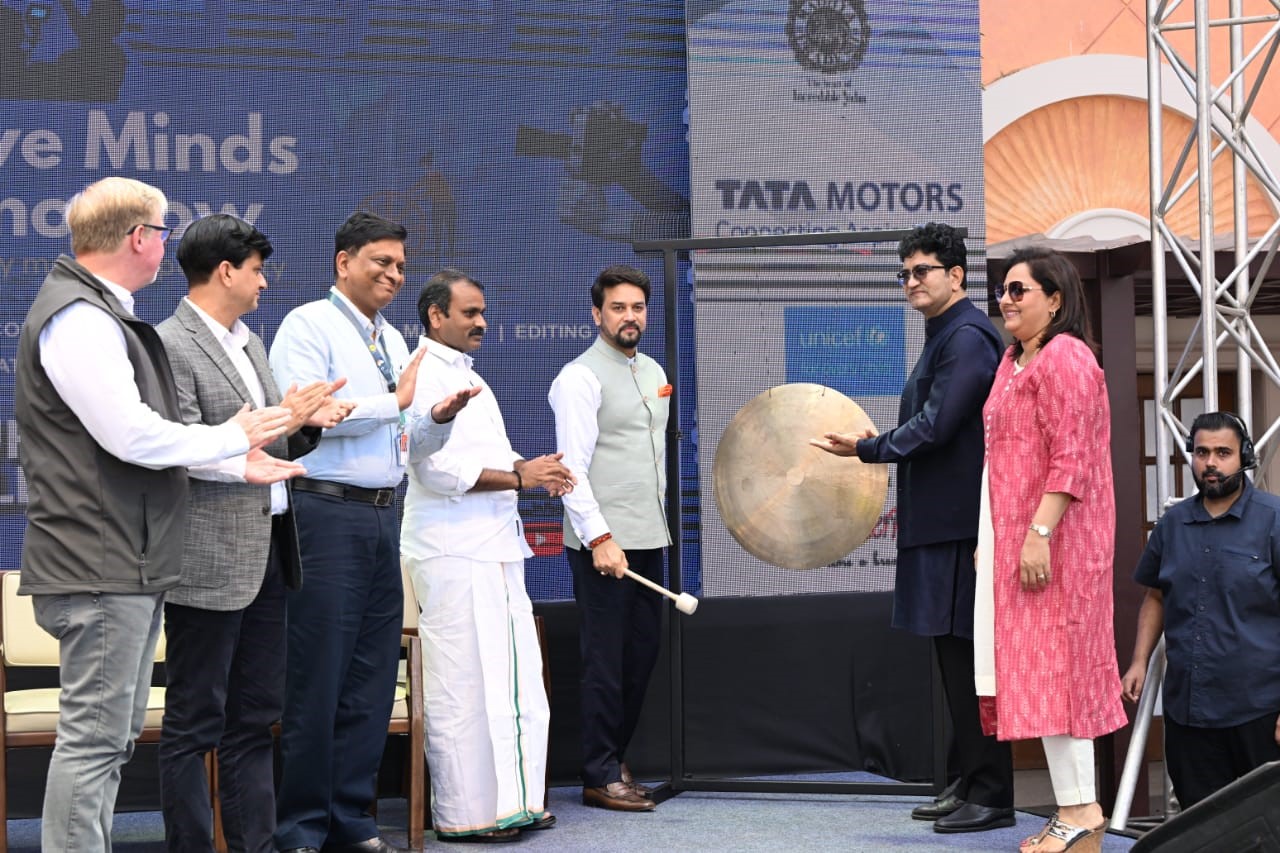Mehta explained the DoP point-of-view of some of his famous projects like Khamoshi, Badlapur and Sui-Dhaga
 KRC TIMES Desk
KRC TIMES Desk

“There are only two Gods worth worshipping – chance and light”
“There is no objective reality till it is observed”
“The act of observation transforms that reality”

These were the maxims shared by National award winning cinematographer, writer, actor, and director Anil Mehta as “axioms that define the life of a cinematographer”.
Chairing a masterclass titled ‘Guiding Lights’ in the side-lines of the 53rd International Film Festival of India (IFFI), Anil Mehta explained images are what appeal to cinematographers. In practice, the cinematography is guided by vagaries, chance, interpretation and individual choices, he said.
Mehta’s well-known projects include Lagaan (2001), Saathiya (2002), Kal Ho Naa Ho (2003), Veer-Zaara (2004), Kabhi Alvida Naa Kehna (2006), and Ae Dil Hai Mushkil (2016).
The languages of a cinematographer are different, he said. Getting caught in the quantity is not really cinematography, feels the veteran cinematographer.
What is his most valuable advice to future DoPs? “You should start your conversations with the director in an open manner and it is mostly about listening. Cinematography is also about listening, though it feels like a job where you talk to a lot of people, marshall your resources, and gets things done”, answered Mehta.
On virtual production in India, Anil Mehta commented, “We have not yet done enough work on it to know where it will go.”
Mehta explained the DoP point-of-view of some of his famous projects like Khamoshi, Badlapur and Sui-Dhaga. Some thought-nuggets that he shared with budding cinematographers/DoPs:
- A DoP should try to think about how to place the camera from the day he or she starts reading the script
- Anil Mehta personally doesn’t like to make a storyboard
- If you have a sense of the scene and know what to play, then your work is half done
- The rhythm of the shot is something that the cinematographer can only feel
- Very often shots emerge while filming
Advertisement | InfoCom Solutions






